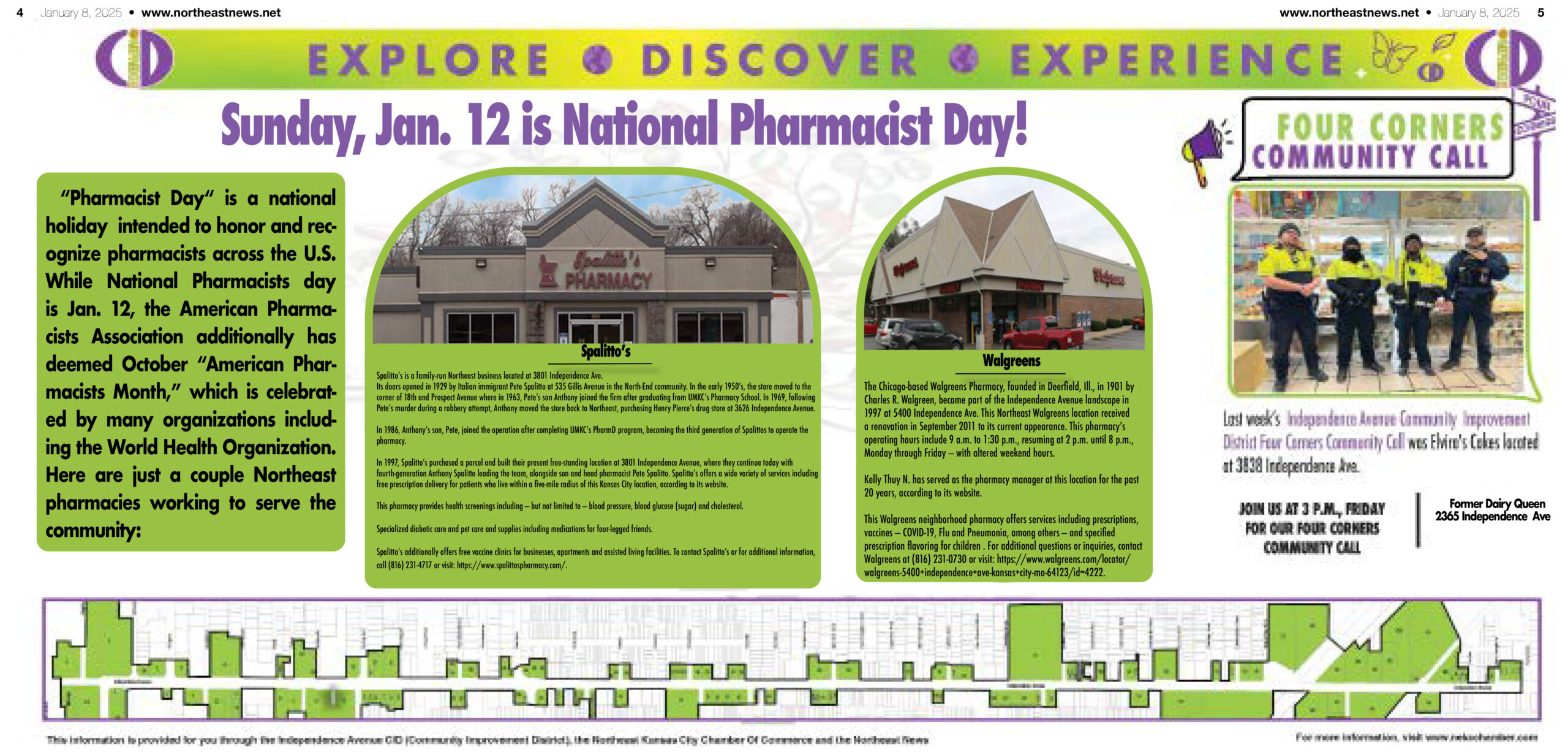By Leslie Collins
Northeast News
May 25, 2011
House Bill 116 may have died, but community leaders haven’t forgotten its proposed drastic effects.
The Missouri legislature debated HB 116 up until the last minute but couldn’t reach a compromise, said District 40 State Rep. John Rizzo.
HB 116 proposed slashing the current cap of $140 million to $75 million on the state’s historic preservation tax credits and sunsetting the credits in four years.
“So many people in our area utilize these tax credits for renovating homes, making our whole community better and reducing blight,” Rizzo said. “It has been essential to the progress of Northeast. When I knocked on doors in Northeast, I had countless people talk to me about how they utilized them (historic tax credits).”
Just because HB 116 died this legislative session, doesn’t mean House or Senate representatives won’t try to introduce a similar bill again. The threat still lingers.
“It’s hard to think of a major economic development project that’s happened in Kansas City in the last decade that hasn’t had some sort of historic tax credit component to it,” said Elizabeth Rosin, principal with Rosin Preservation, LLC, a company that helps clients utilize and meet requirements for historic tax credits.
Qualifying for Missouri’s historic tax credits is a rigorous process, she said.
“It’s not quite the give-away that it’s been portrayed to be by some elected officials,” she said.
To qualify for the tax credit, a person must spend 50 percent of the building’s purchase price in renovations, she said. In Kansas, one only needs to spend $5,000, she said.
In Missouri, for example, if a person pays $200,000 for a building, he or she must spend $100,000 in renovations to receive $25,000 back (25 percent of the eligible costs).
Maintaining the historic tax credits is critical to Kansas City, especially in light of the number of school buildings shuttered by the Kansas City Missouri School District, she said. All, except one or two buildings, are listed as historic buildings, she said.
“The schools are perfect for adaptive reuse projects,” Rosin said.
The most significant threat to historic buildings is sunsetting the historic tax credits, she said, which would hamper projects like renovating KCMSD’s vacant buildings.
“If they put a sunset on it, it’s going to kill the program because investors need to know the program’s going to be there when they start planning these projects,” Rosin said. “It would discourage investors from taking on the projects and using the program. You’re going to see more demolitions and there’s just less incentive to preserve buildings all around.”
Northeast utilizes tax credits
Brad Wolf, administrator of Kansas City’s Landmarks Commission, said several buildings in Historic Northeast were renovated, thanks to the historic tax credits.
Wolf cited examples, like the apartment complex at St. John and Gladstone; 3240 Norledge; 327 N. Indiana; 300 Benton; 3616 Gladstone Blvd., among other buildings.
Not only does renovating a building preserve history, it also generates interest in an area, increases property values and encourages surrounding building owners to renovate their buildings, Wolf said.
If legislators eventually approve the $75 million cap, it could devastate the program, he said.
“If it gets to the point where people are battling for the tax credit and can’t be guaranteed they’ll get it, it will kill a lot of projects,” Wolf said. “The cap’s high enough now where it’s reasonable…
“It’s important to keep these (historic) buildings because a lot of effort and materials went into building these structures at one time… A lot of these buildings hold a certain character. You’re not going to replicate these. You’re going to lose the craftsmanship in these buildings, the various trim work, the details that are very expensive or almost impossible to replicate now a days.
“The more you demolish, the more you’ll lose that sense of community and character that certain neighborhoods have in Kansas City.”
Kent Dicus, president of Pendleton Heights Neighborhood Association, knows firsthand the importance of historic tax credits.
His grandfather’s craftsman style home in Lee’s Summit was revitalized through historic tax credits, he said.
“I have some contacts in suburban communities in Lee’s Summit and I know they have taken advantage of it (tax credits) and that has been integral in revitalizing their downtown,” Dicus said.
Kathy Smith, president of the Lee’s Summit Historical Society, agreed.
“Without those tax credits, redevelopment in the downtown would not have happened. It just wouldn’t have,” Smith said. “That’s why those tax credits are so important to small towns, especially Lee’s Summit.”
A number of downtown historic buildings were revitalized and the projects boosted the local economy, she said. Building owners used local construction companies and local suppliers for the renovation projects, she said.
“With these tough economic times, you’ve got to create economic development and these tax credits do that,” Smith said.
Rosin said Lee’s Summit isn’t alone in its economic boost from the historic tax credits.
“There have been studies that show that for every dollar that’s spent on a historic tax credit project, more of that money stays in the community,” Rosin said. “This is an incredibly valuable program to the State of Missouri and to our communities.”

















